Does Prediabetes Increase Your Risk of Diabetes?
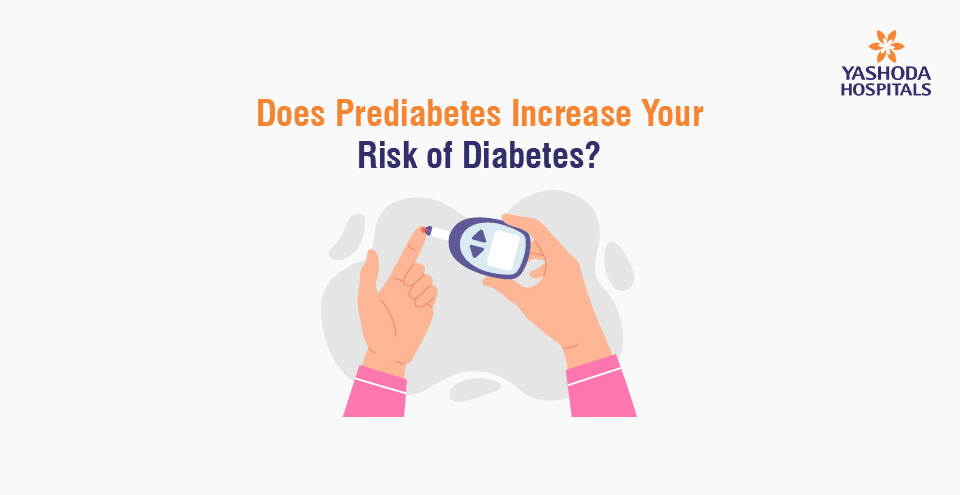
Prediabetes is a condition in which your body has trouble maintaining normal blood sugar levels and is typically a precursor to type 2 diabetes. Prediabetic individuals typically remain asymptomatic or have very mild symptoms that remain unnoticed for years.
It is also referred to as “borderline diabetes” because people with prediabetes are on the verge of developing diabetes. According to studies, it is found that people with type 2 diabetes almost always have prediabetes first, though it usually remains unnoticed until the classic signs of diabetes start to appear.
Don’t be alarmed if you’ve been diagnosed with prediabetes. This condition is usually reversible, and effective steps to control rising blood sugar levels can help to a greater extent. In addition to lowering your risk of developing type 2 diabetes, treating prediabetes also lowers your risk of developing other ailments related to the heart, blood vessels, eyes, and kidneys.
Let’s take a look at an overview of prediabetes and discuss ways to reduce your risk of developing diabetes.
How do you recognise the pre-diabetes stage?
Prediabetes does not cause any clear symptoms. However, some people may experience a condition called acanthosis nigricans, which is a sign of insulin resistance and associated with the development of dark and thick patches of skin around the armpits, elbows, knees, knuckles, and neck.
Additionally, you may experience small skin growths called “skin tags” and eye changes that can lead to diabetes-related retinopathy.
Who is at risk for prediabetes?
Since pre-diabetics may remain asymptomatic, they often go undetected until type 2 diabetes develops. It is important to get your blood sugar tested if you have any of the following risk factors:
- Overweight/Obesity
- Above 45 years of age
- Family history of type 2 diabetes
- Sedentary lifestyle
- Gestational diabetes (diabetes during pregnancy)
- Polycystic ovarian syndrome
For those with these risk factors, doctors advise repeating screening exams every one to three years.
Did you know that prediabetes is reversible and that effective treatment can help reduce your risk of diabetes?
How is prediabetes diagnosed?
The American Diabetes Association (ADA) recommends routine screening for diabetes beginning at age 45, and earlier screening is recommended if you have risk factors for prediabetes or type 2 diabetes.
If you had gestational diabetes during your pregnancy, it is advisable to check your blood sugar levels at least once every three years.
Diabetes blood tests are typically repeated a second time to confirm diabetes. However, if your doctor finds that your blood glucose level is extremely high or if you also have classic symptoms of high blood glucose in addition to one positive test, they might be able to diagnose diabetes without performing a second test.
There are several blood tests to diagnose diabetes. They include the following.
Glycated Haemoglobin (A1C) Test:
This test shows your average blood sugar level over the previous two to three months. It is not accurate for any given day, but it provides an indication of how effective your blood sugar control has been over time. It does not require fasting and can be given at any time of the day.
While the normal A1C level is 5.6 percent or below, a level of 5.7 to 6.4 percent indicates prediabetes, and 6.5 percent or above indicates diabetes.
Fasting Blood Sugar Test:
This test is used to measure your blood sugar levels after an overnight fast. A fasting blood sugar level of 99 mg/dL or less is considered normal, 100 to 125 mg/dL is considered prediabetic, and 126 mg/dL or higher is considered diabetes.
Oral Glucose Tolerance Test:
It is a two-hour test that measures your blood glucose levels two hours before and after drinking a special sugary drink. This test helps determine how your body processes sugar. A blood glucose level of less than 140 mg/dl is considered normal, while 140 to 199 mg/dl is considered prediabetes, and 200 mg/dl or higher is considered diabetes.
Children and Prediabetes Testing:
The ADA recommends prediabetes testing for children who are overweight or obese and have one or more risk factors for type 2 diabetes, such as:
- Low birth weight
- Being born to a mother with gestational diabetes
- Family history of diabetes
Children with prediabetes should be tested annually for type 2 diabetes, or more frequently if the child experiences a change in weight or manifests signs or symptoms of diabetes, such as increased thirst, increased urination, fatigue, or blurred vision.
The normal, prediabetic, and diabetes blood sugar ranges are the same for children and adults.
How is prediabetes treated?
By adopting healthy lifestyle changes like losing weight, getting regular exercise, quitting smoking and drinking, and managing sleep disorders, high blood pressure, and high cholesterol levels, prediabetes can be effectively treated. Restoring your blood sugar levels to healthy levels can be accomplished by reducing your prediabetes risk factors.
Depending on your clinical situation, it may be suggested to take oral metformin for the treatment of prediabetes in addition to the lifestyle changes mentioned above.
Is it possible to prevent the progression of prediabetes to diabetes?
Yes, it is possible. Some people are able to reverse their prediabetes and prevent its progression to diabetes by maintaining a healthy lifestyle. Even people who have diabetes can prevent it from progressing further and can avoid many diabetes related complications by adopting a healthy lifestyle. However, the extent to which the effect is seen usually depends on the lifestyle changes made and how early you make them.
When should I consult a doctor?
If you have been diagnosed with prediabetes, regular monitoring of your blood glucose levels is recommended. Consult the doctor if you experience the following symptoms:
- Increased thirst
- Frequent urination, especially at night
- Tiredness/Fatigue
- Blurred vision
- Sores or cuts that do not heal
It will be possible to determine whether the blood sugar levels are under control or have advanced to type 2 diabetes mellitus based on your symptoms and subsequent blood tests.
References:
- What Is Prediabetes?
https://www.endocrineweb.com/conditions/pre-diabetes - Prediabetes – Your Chance to Prevent Type 2 Diabetes
https://www.cdc.gov/diabetes/basics/prediabetes
- What Is Prediabetes?
https://www.healthline.com/health/type-2-diabetes/what-is-prediabetes
- Understanding A1C Diagnosis
https://diabetes.org/diabetes/a1c/diagnosis
About Author –
Dr. Arun Mukka, Consultant Endocrinologist, Yashoda Hospital, Hyderabad
MD, DM (Endocrinology)

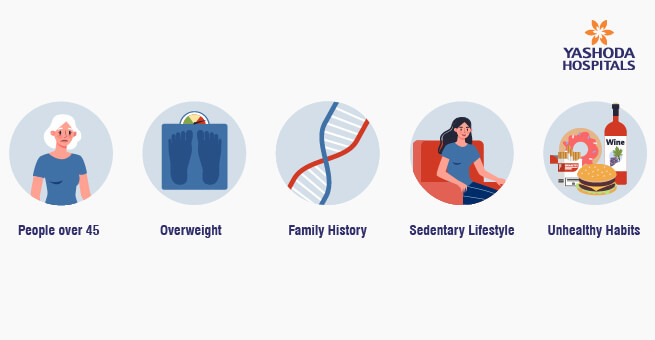
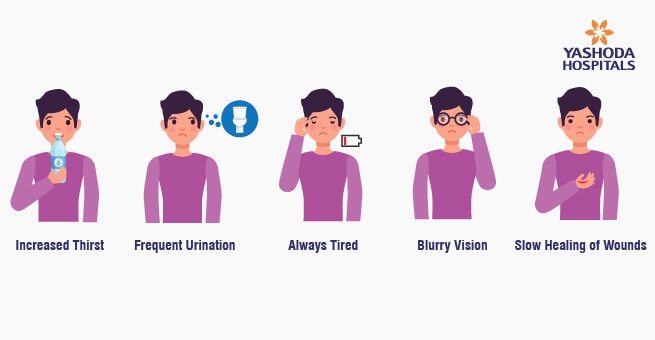




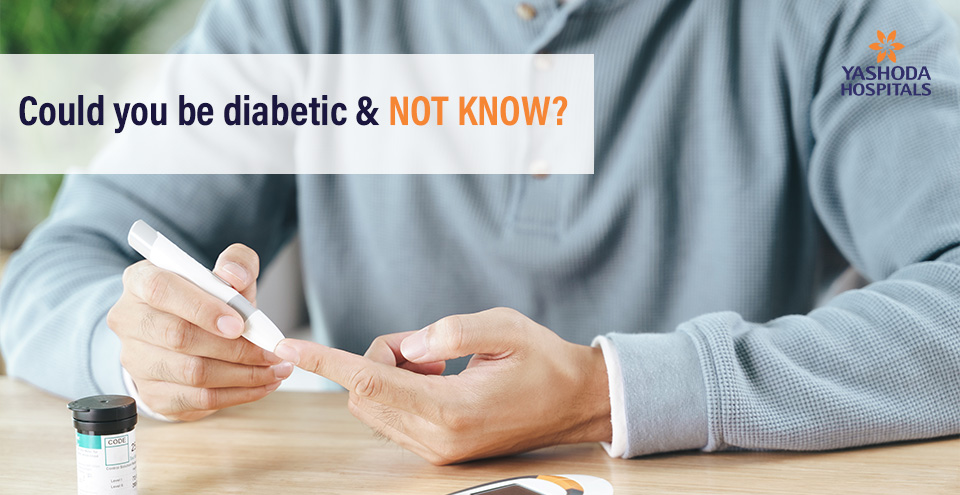




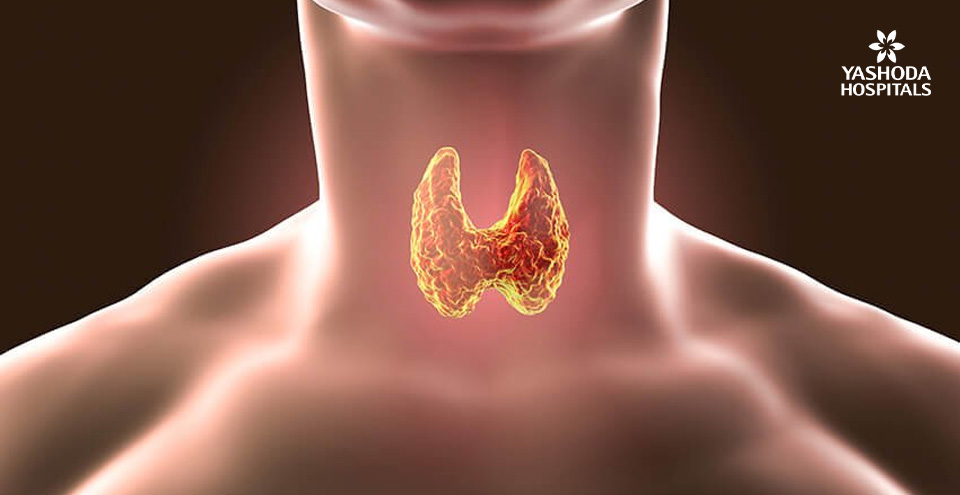






 Appointment
Appointment WhatsApp
WhatsApp Call
Call More
More

